Interoception
Recent articles
What are the fastest-growing areas in neuroscience?
Respondents pointed to computational neuroscience, systems neuroscience, neuroimmunology and neuroimaging, among other subfields.
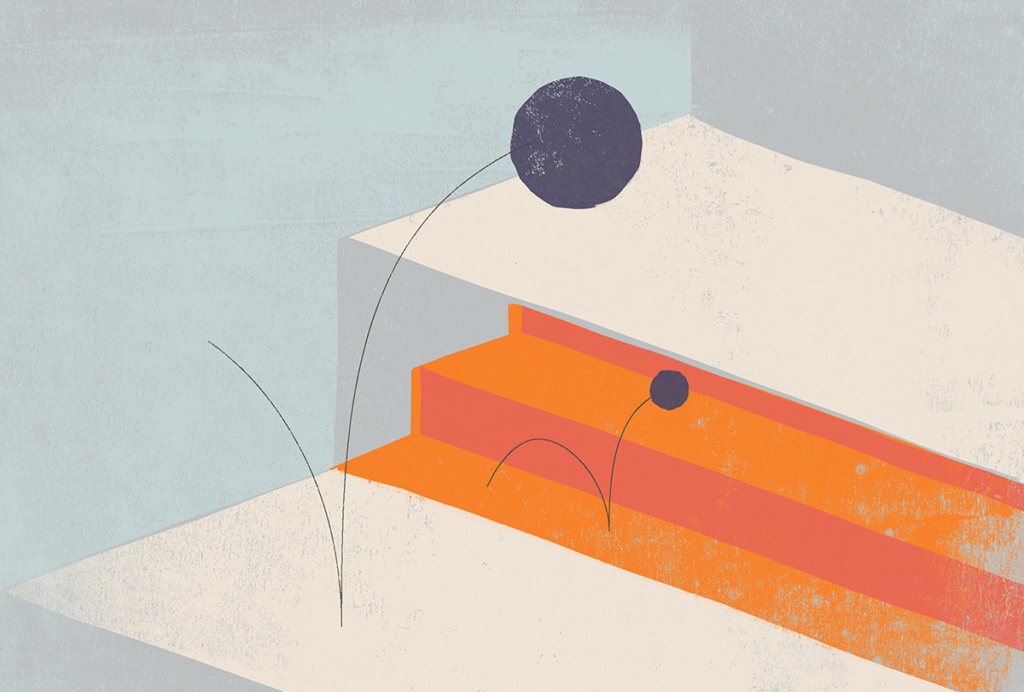
What are the fastest-growing areas in neuroscience?
Respondents pointed to computational neuroscience, systems neuroscience, neuroimmunology and neuroimaging, among other subfields.
The buzziest neuroscience papers of 2023, 2024
The field took note of work on brain-computer interfaces for speech, the mechanism of psychedelics, a broader definition of hippocampal representations, and more.

The buzziest neuroscience papers of 2023, 2024
The field took note of work on brain-computer interfaces for speech, the mechanism of psychedelics, a broader definition of hippocampal representations, and more.
To beat the heat, hypothalamus neurons in mice ramp up their firing
The uptick may help the rodents acclimate to temperature hikes and keep their cool.
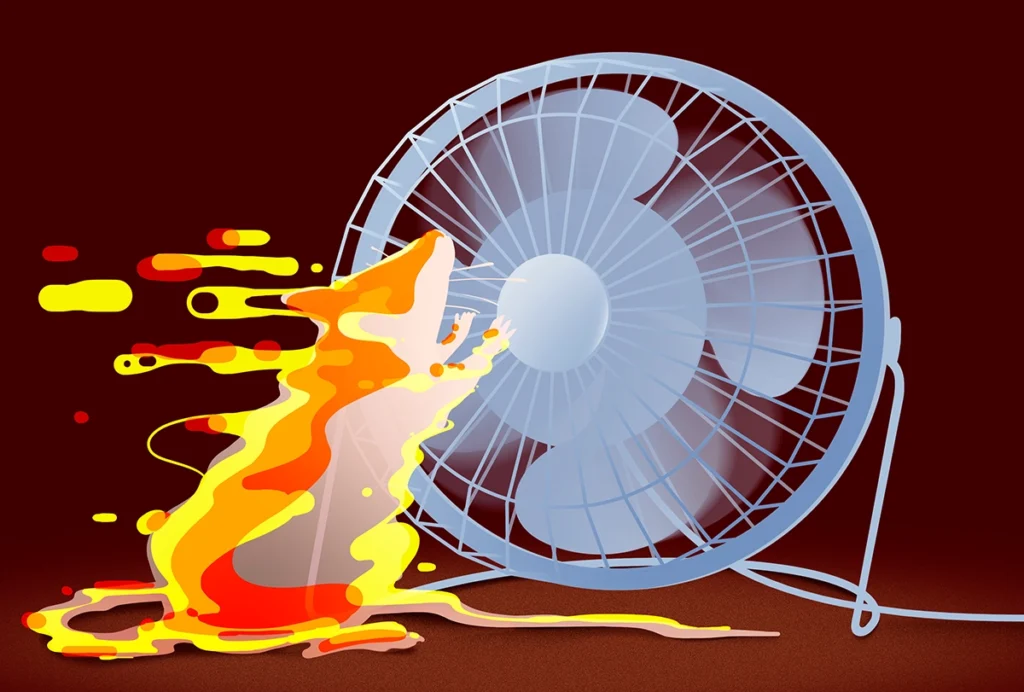
To beat the heat, hypothalamus neurons in mice ramp up their firing
The uptick may help the rodents acclimate to temperature hikes and keep their cool.
Should I stay (and eat) or should I go? How the brain balances hunger with competing drives
Understanding the interplay among rival signals, such as pain, thirst and fear, could provide insights into anxiety and other neuropsychiatric conditions.
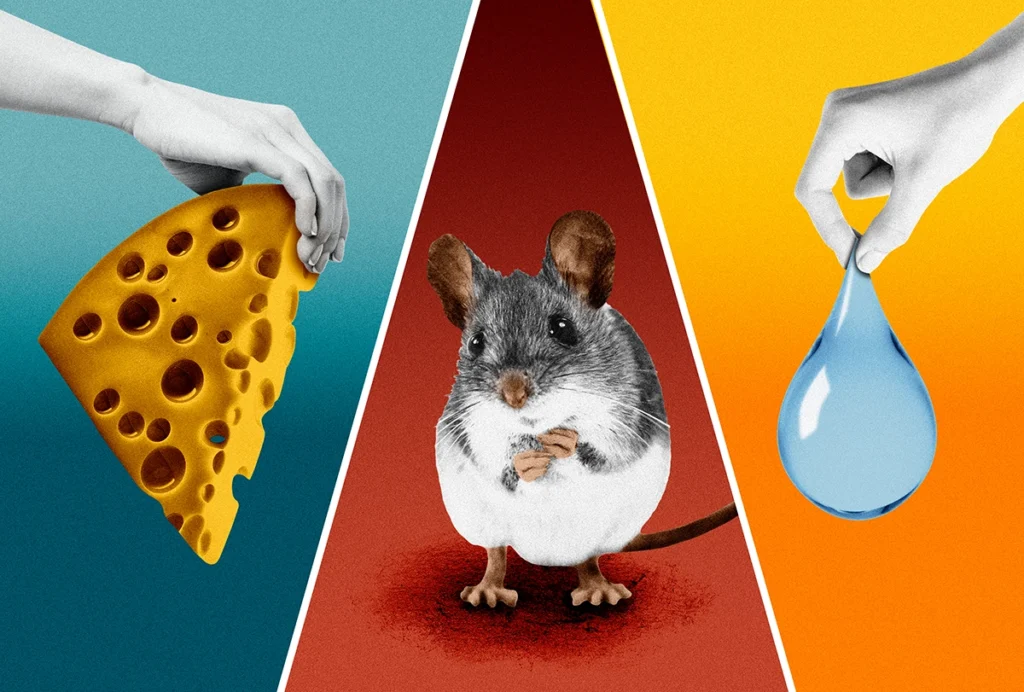
Should I stay (and eat) or should I go? How the brain balances hunger with competing drives
Understanding the interplay among rival signals, such as pain, thirst and fear, could provide insights into anxiety and other neuropsychiatric conditions.
Cell population in brainstem coordinates cough, new study shows
The work also adds to a growing body of evidence showing that mice, and their genetic toolbox, can be used to study cough.

Cell population in brainstem coordinates cough, new study shows
The work also adds to a growing body of evidence showing that mice, and their genetic toolbox, can be used to study cough.
Neurons in rat olfactory bulb ‘feel the pulse’
Mechanical receptors can detect intracranial pressure changes caused by blood flow, which enables neurons to synchronize with the heartbeat.
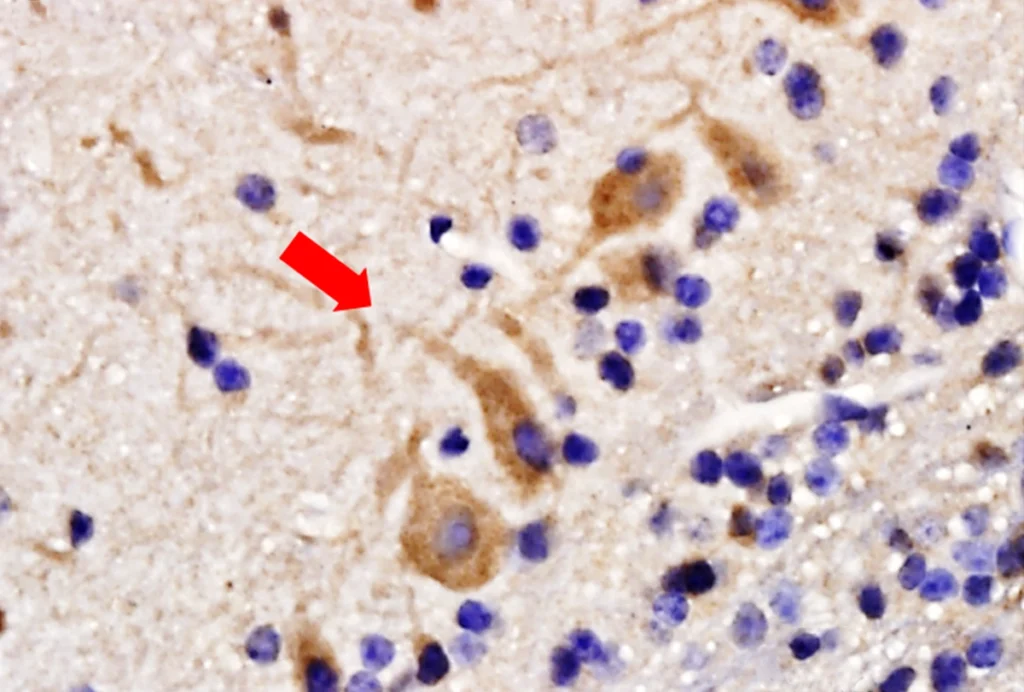
Neurons in rat olfactory bulb ‘feel the pulse’
Mechanical receptors can detect intracranial pressure changes caused by blood flow, which enables neurons to synchronize with the heartbeat.
Explore more from The Transmitter
Autism in Kenya, organoid research, and more
Here is a roundup of autism-related news and research spotted around the web for the week of 22 December.
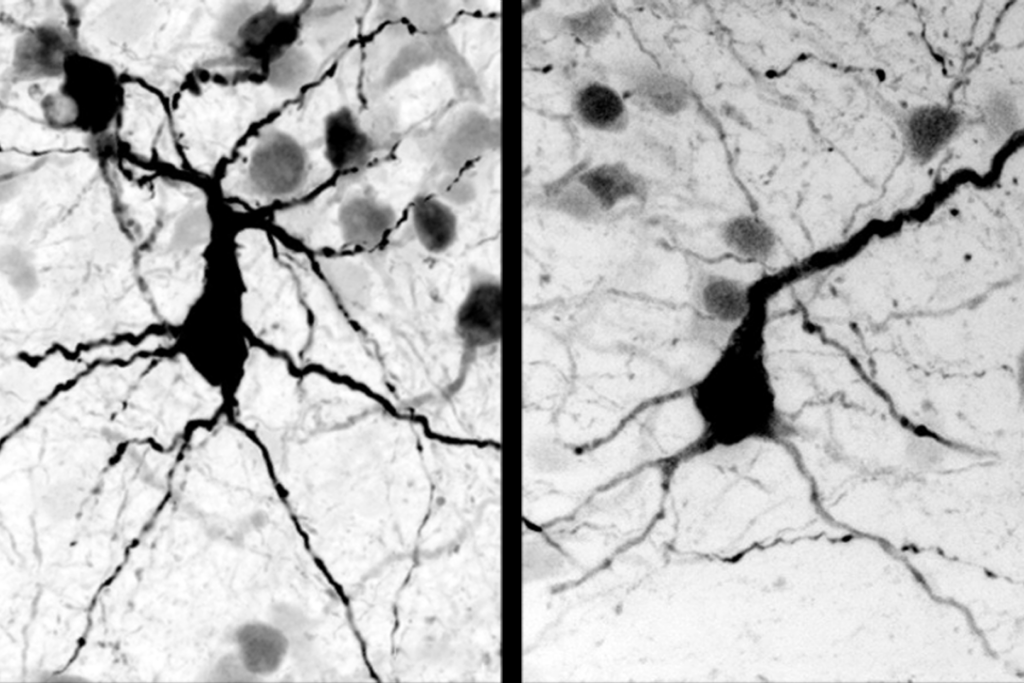
Autism in Kenya, organoid research, and more
Here is a roundup of autism-related news and research spotted around the web for the week of 22 December.
‘Unprecedented’ dorsal root ganglion atlas captures 22 types of human sensory neurons
The atlas also offers up molecular and cellular targets for new pain therapies.

‘Unprecedented’ dorsal root ganglion atlas captures 22 types of human sensory neurons
The atlas also offers up molecular and cellular targets for new pain therapies.
Not playing around: Why neuroscience needs toy models
Amid the rise of billion-parameter models, I argue that toy models, with just a few neurons, remain essential—and may be all neuroscience needs.

Not playing around: Why neuroscience needs toy models
Amid the rise of billion-parameter models, I argue that toy models, with just a few neurons, remain essential—and may be all neuroscience needs.